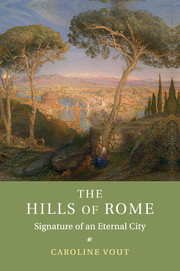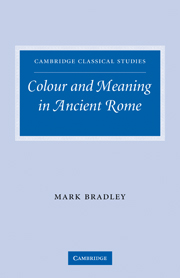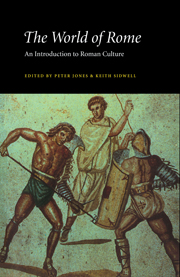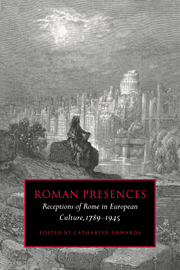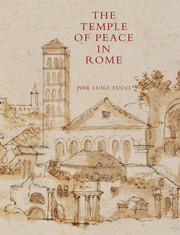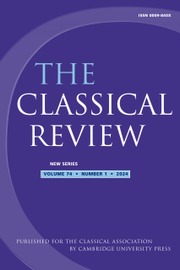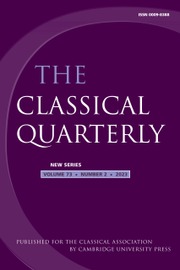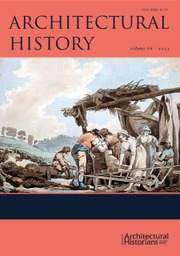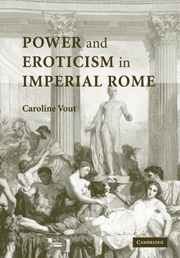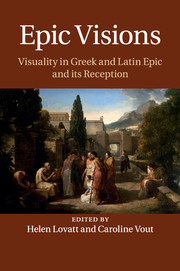The Hills of Rome
Rome is 'the city of seven hills'. This book examines the need for the 'seven hills' cliché, its origins, development, impact and borrowing. It explores how the cliché relates to Rome's real volcanic terrain and how it is fundamental to how we define this. Its chronological remit is capacious: Varro, Virgil and Claudian at one end, on, through the work of Renaissance antiquarians, to embrace frescoes and nineteenth-century engravings. These artists and authors celebrated the hills and the views from these hills, in an attempt to capture Rome holistically. By studying their efforts, this book confronts the problems of encapsulating Rome and 'cityness' more broadly and indeed the artificiality of any representation, whether a painting, poem or map. In this sense, it is not a history of the city at any one moment in time, but a history of how the city has been, and has to be, perceived.
- Proposes a new way of seeing the cityscape of Rome
- Enables the reader to be a better reader of maps, descriptions and paintings of the city
- Explores a huge chronological range, showing how the appearance and meaning of Rome has changed over time
Reviews & endorsements
"Vout is an established scholar of Roman visual culture with a penchant for integrating art and text, as well as material ancient and modern, to produce stimulating approaches to Roman cultural history. This book is no exception and demonstrates the sheer range of V.’s erudition … provides a level of detail and sustained analysis of cultural geography that should serve as a model for future scholars of topography … original and stimulating … Throughout, the author demonstrates a skilled and sensitive analysis of both literary and visual material, and there are some truly eye-opening interpretations in the context of politics, religion and visual culture, both in the classical and post-classical city. It sets a new benchmark for the discussion of Roman cultural history and its reception. It is a rich tapestry of ideas, sophisticated and elegantly written, and makes a persuasive and compelling case that the seven hills are indeed the signature of the eternal city."
Mark Bradley, The Journal of Roman Studies
"The ambitious topic treated in this book is very well chosen and has a lot to offer. This book does a great deal in illuminating some aspects of the ‘seven hills’ concept and will prove useful for many advanced students of Rome …"
Raphael Hunsucker, Mnemosyne
Product details
September 2016Paperback
9781107678712
320 pages
230 × 153 × 18 mm
0.47kg
72 b/w illus. 27 colour illus. 1 map
Available
Table of Contents
- 1. Introduction: the journey to Rome
- 2. The lie of the land
- 3. Seven is the magic number
- 4. Rome, la città eterna
- 5. Painting by numbers
- 6. On top of the world
- 7. Signing off.

